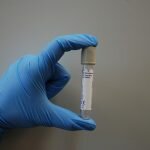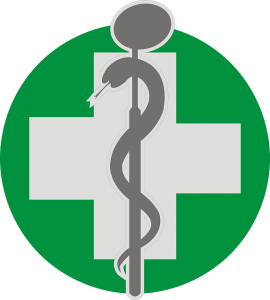Causes Of Lung Cancer
Lung Cancer….learn what causes it.
Although there are many risk factors associated with lung cancer, the most common include:
- cigarette smoking
- secondhand smoke
- asbestos exposure
- radon gas
The following paragraphs will take a brief look at each of these factors.
Studies have shown that a person who smokes 1-2 packs of cigarette in a day can have a one in seven chance of getting lung cancer. A person who smokes 1 cigarette to 1 pack of cigarettes a day has approximately a 25 percent greater risk of developing lung cancer than non-smokers. A person who smokes cigars, or a pipe, has a five times greater chance of getting lung cancer than a non-smoker.
Smoking
The chance of developing lung cancer increases dramatically with the number of cigarettes smoked over a period of a lifetime. Cigarette smoking damages the cells in your lungs, but the minute you stop smoking, your lungs begin to heal themselves.
Our lungs can replace cells damaged by smoking with normal, healthy cells. The risk of lung cancer begins to decrease almost immediately after a person quits smoking. By the 15th year of being smoke free, the risk of lung cancer is about equal to that of a non-smoker.
Second hand smoke also plays a huge role in factoring who will develop lung cancer.
People exposed to regular second hand smoke also have a higher risk of getting lung cancer, even if they do not smoke cigarettes. Research studies have shown that non-smokers who live with smokers have a 24 percent higher risk of developing lung cancer than non-smokers. Doctors estimate that approximately 3,000 deaths due to lung cancer a year can be attributed to second hand smoke exposure.
Asbestos exposure

Asbestos exposure is another well known cause for lung cancer and mesothelioma.
Years ago, asbestos was widely accepted and used in construction, as well as in everyday products. Mesothelioma is exclusively linked to asbestos exposure, as there are no reported cases that can be linked to anyone who has not been exposed to asbestos. A non-smoker who has been exposed to asbestos has approximately five times greater risk of developing lung cancer than a non-smoker that has not been exposed to asbestos. Smoking can increase these risks from 50 to 90 percent.
Radon Gas
Finally, it is estimated that approximately 12 percent of all lung cancer deaths can be associated with radon gas. Radon gas is an odorless, colorless gas that is a natural byproduct of decaying uranium. It is estimated that as many as 15 percent of all homes in the United States have unsafe levels of radon gas, which can then account for 15,000 – 22,000 deaths from lung cancer each year.








